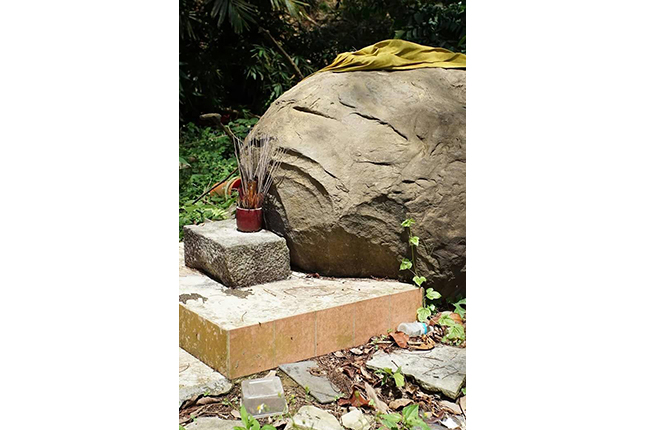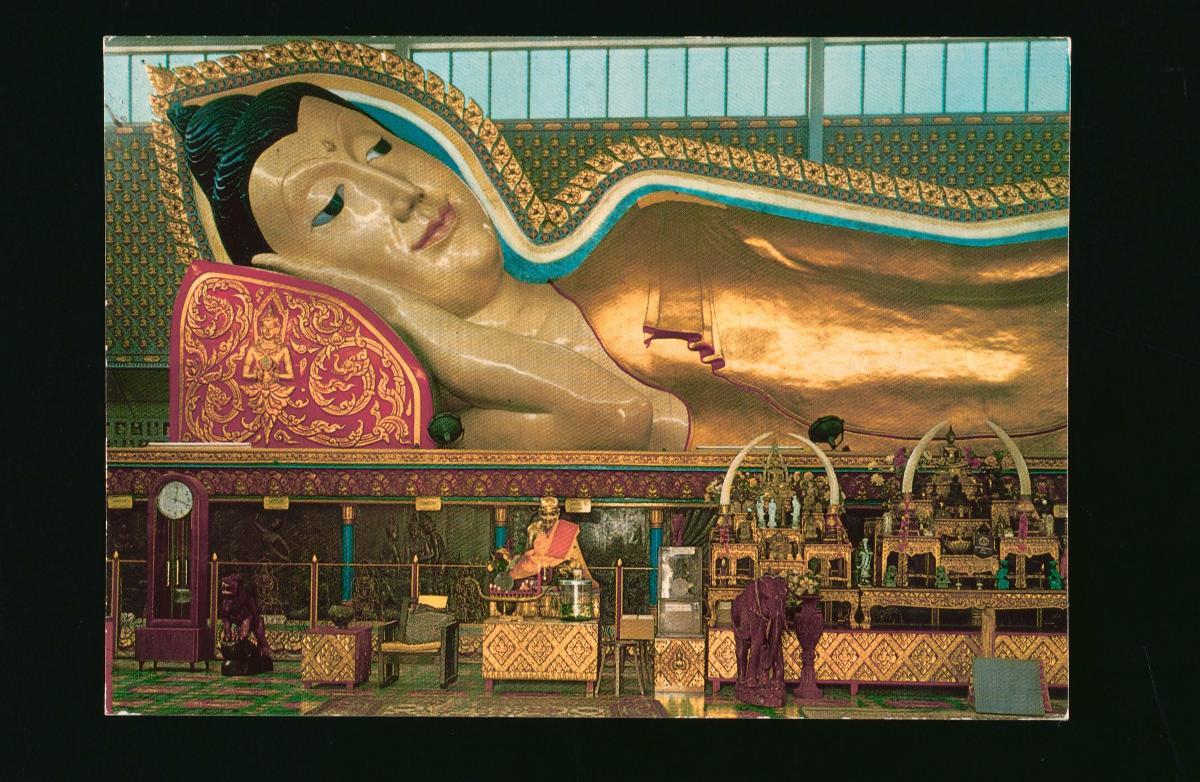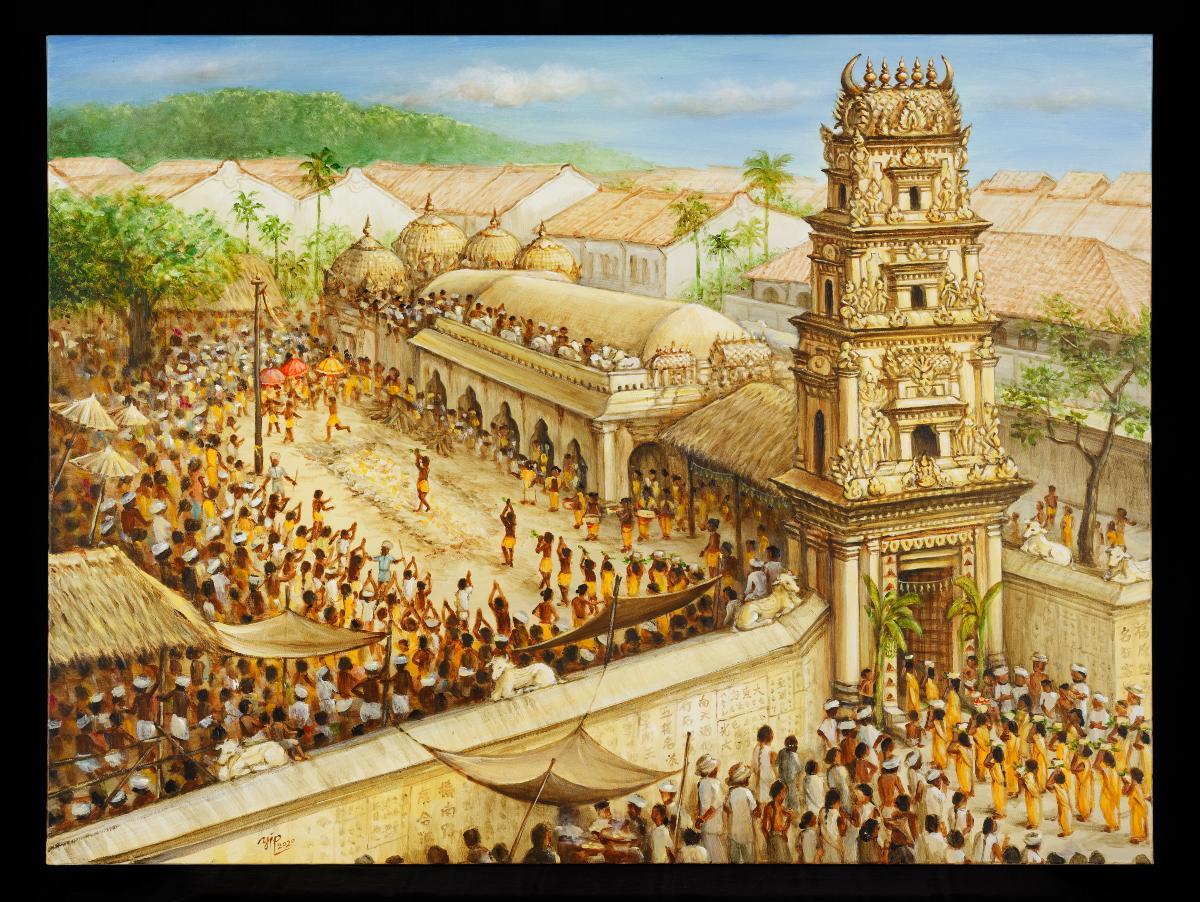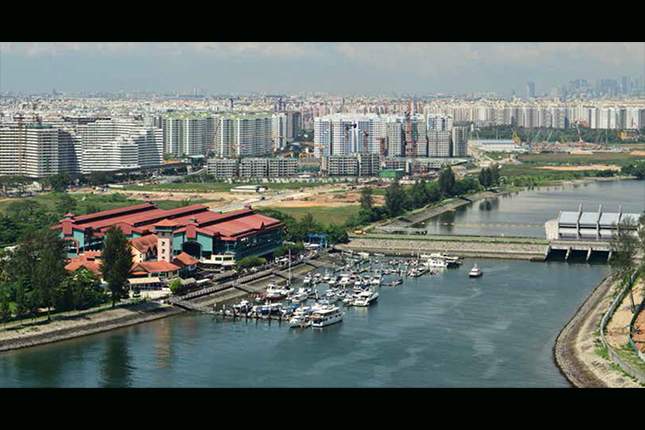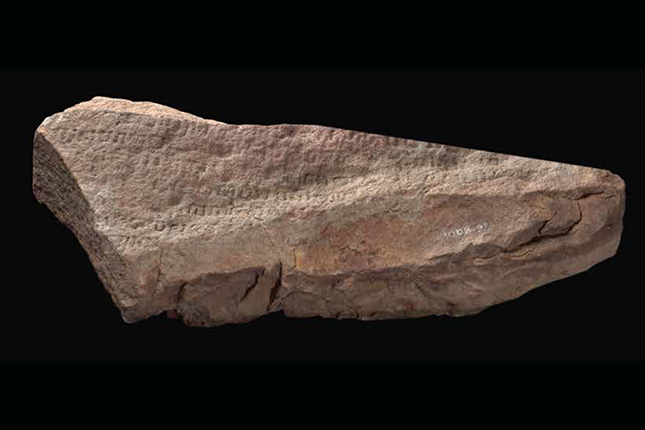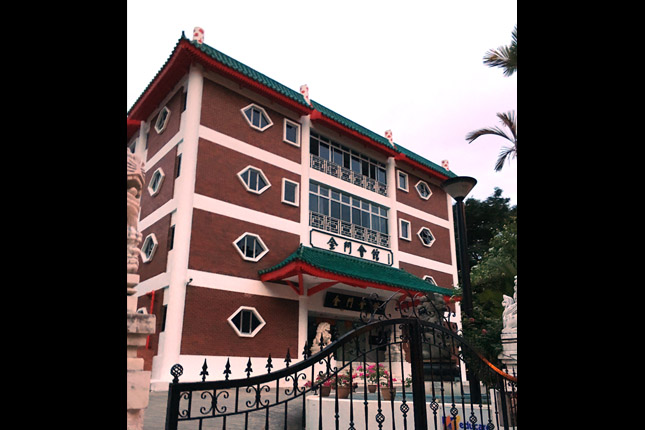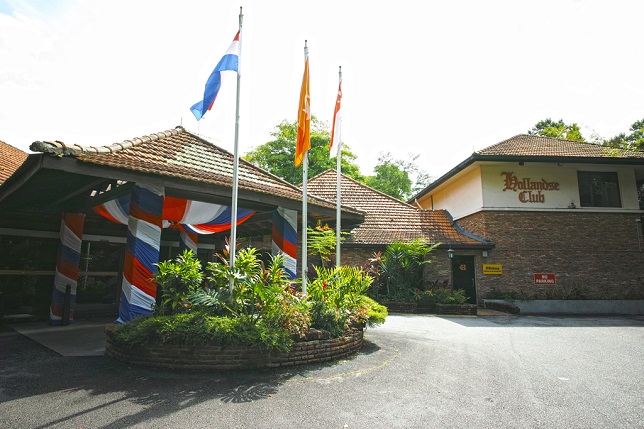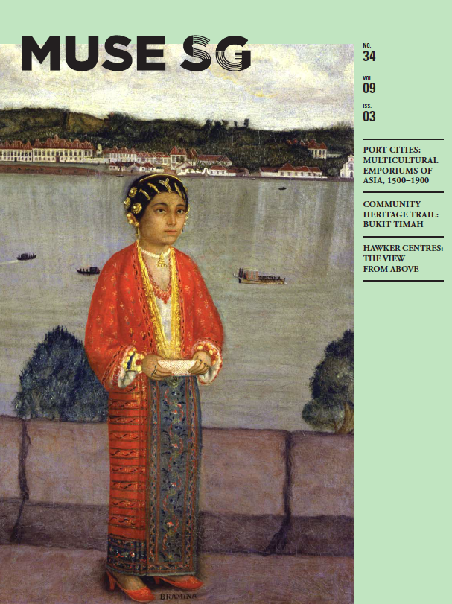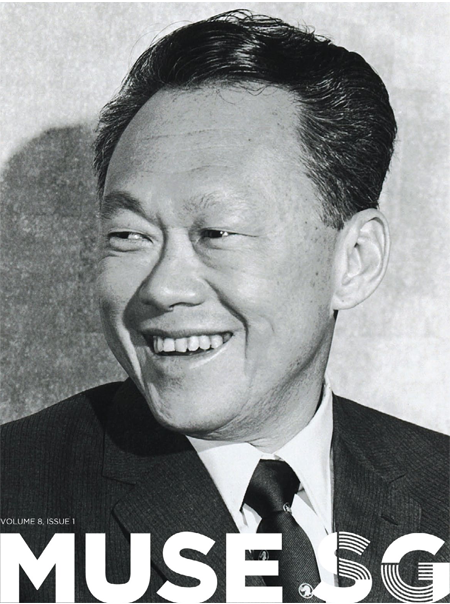Concealed within the greenery of Punggol Point, a massive boulder–covered by a large yellow cloth and accompanied by an altar at its base–is believed to have been worshipped by devotees of animism since the 1800s.
Journeying through a small patch of secondary forest adjacent to Punggol Road, one may chance upon an odd sight.
A large boulder, reaching to the height of a man’s chest, lies hidden in a small hollow surrounded by dense underbrush. Measuring 3.5 metres long, 1.8 metres wide and 1.5 metres tall.
However, what truly makes the stone stand out are the embellishments that have been added to it. A sizeable yellow cloth covers almost the entire top surface of the smooth rock, while at its base, two square concrete slabs form the foundation for a rudimentary altar–a red metal cylinder from which protrudes numerous burnt joss sticks.
No one really knows where the “rock shrine” came from. However, it is believed that devotees of animism–a folk religion that believes in the existence of spirits in all things, including inanimate objects such as stones–started to worship this boulder during the 1800s.
Notably, the boulder is situated near the former location of Punggol Zoo, a privately-owned enterprise that was once a popular attraction in Singapore. It was established in 1928 and ceased operations due to the Japanese invasion in 1942.
Geologically, the rocky shores at Punggol Point are home to some of the oldest stones in Singapore. Radiometric dating estimates that this land shelf–composed of metamorphosed sediments of quartzite, quartz sandstone and argillite–is over 400 million years old.
Buildings and sites featured on Roots.SG are part of our efforts to raise awareness of our heritage; a listing on Roots.SG does not imply any form of preservation or conservation status, unless it is mentioned in the article. The information in this article is valid as of October 2019 and is not intended to be an exhaustive history of the site/building.




